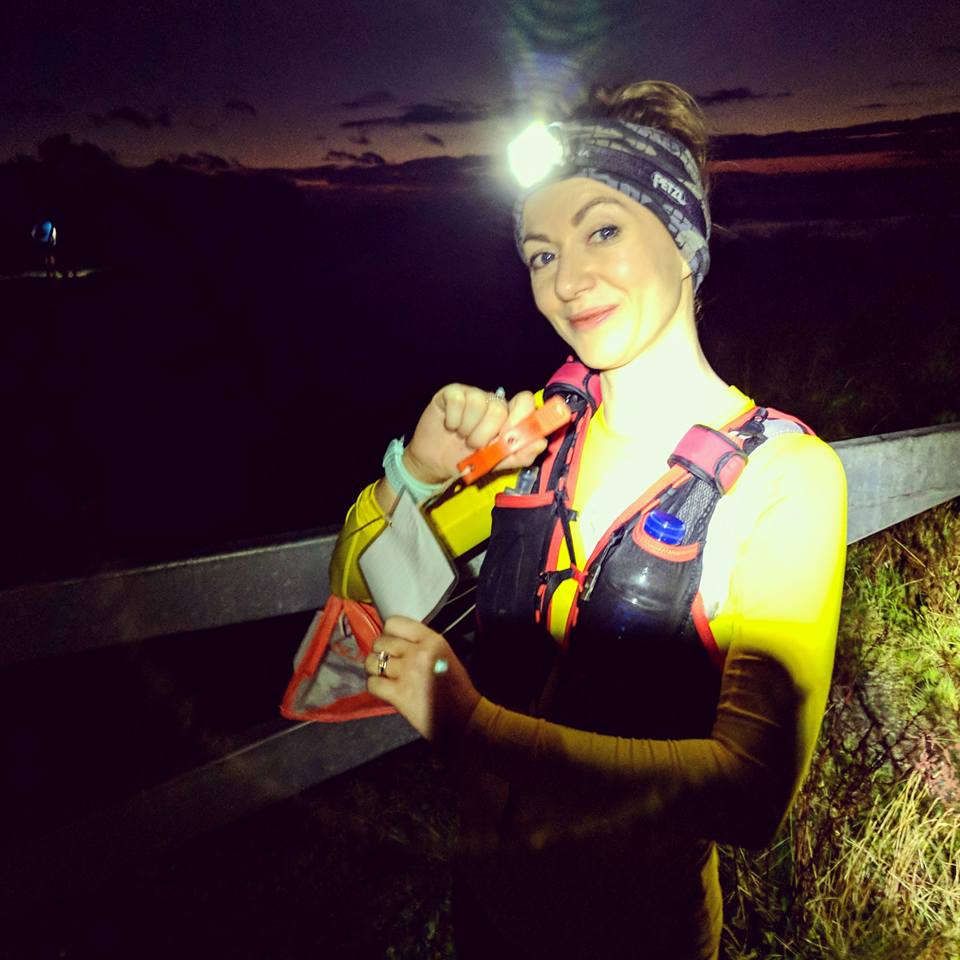Now that daylight savings time has ended we know that getting out the door for a run during the dark and cold nights can be a struggle. Here are some top tips to keep you going and provide you with the best possible preparation over the next few months:
Stay Safe – Be Seen
When running in the dark, it’s essential that you’re visible to other people, particularly motorists. Try to wear clothes that are reflective or a bright, light colour, such as white or fluorescent yellow. Stick to well-lit areas and avoid running anywhere you don’t feel completely safe
Dress for the Cold
It is important that you and your running group dress sensibly in the cold by wearing layers – a bit like an onion. It’s much better to be able to take off layers if you get too hot, than to be too cold because you’re not wearing enough
Warm Up
A good warm-up is essential to avoid injury, but it’s particularly important in autumn/winter when it can take a little longer for your body to warm up. Start off slowly with some very gentle running or even walking. Gradually increase the pace until after around 10 minutes, when you reach the pace you’re going to maintain for most of the run.
Cool Down
To cool down, carry on running, but at an easier pace or walk for five to ten minutes. This will help the body recover after your run. Don’t stop and stretch outside or you could get too cold. Group Leaders – advise your group to do some stretches indoors instead of outside.
If you have a cold
Colds are common in autumn/winter, but we don’t necessarily have to stop running if we feel under the weather. If your cold symptoms are not severe, and you generally feel OK, then running could be fine. If you feel absolutely rotten then it’s probably best to sit it out. It’s important however, not to run if you have a fever (when your body’s temperature is 38˚C or above).
Staying motivated
When it’s safe to do so group running can be a great way to stay motivated when it’s cold outside. Until we are allowed to return to group another good way to avoid getting bored is to vary your route. Having a realistic goal to work towards is also a great motivator. Getting out the door is often the hardest part about running in the autumn/winter, and once you get going it’s much easier!



